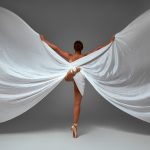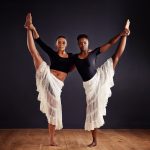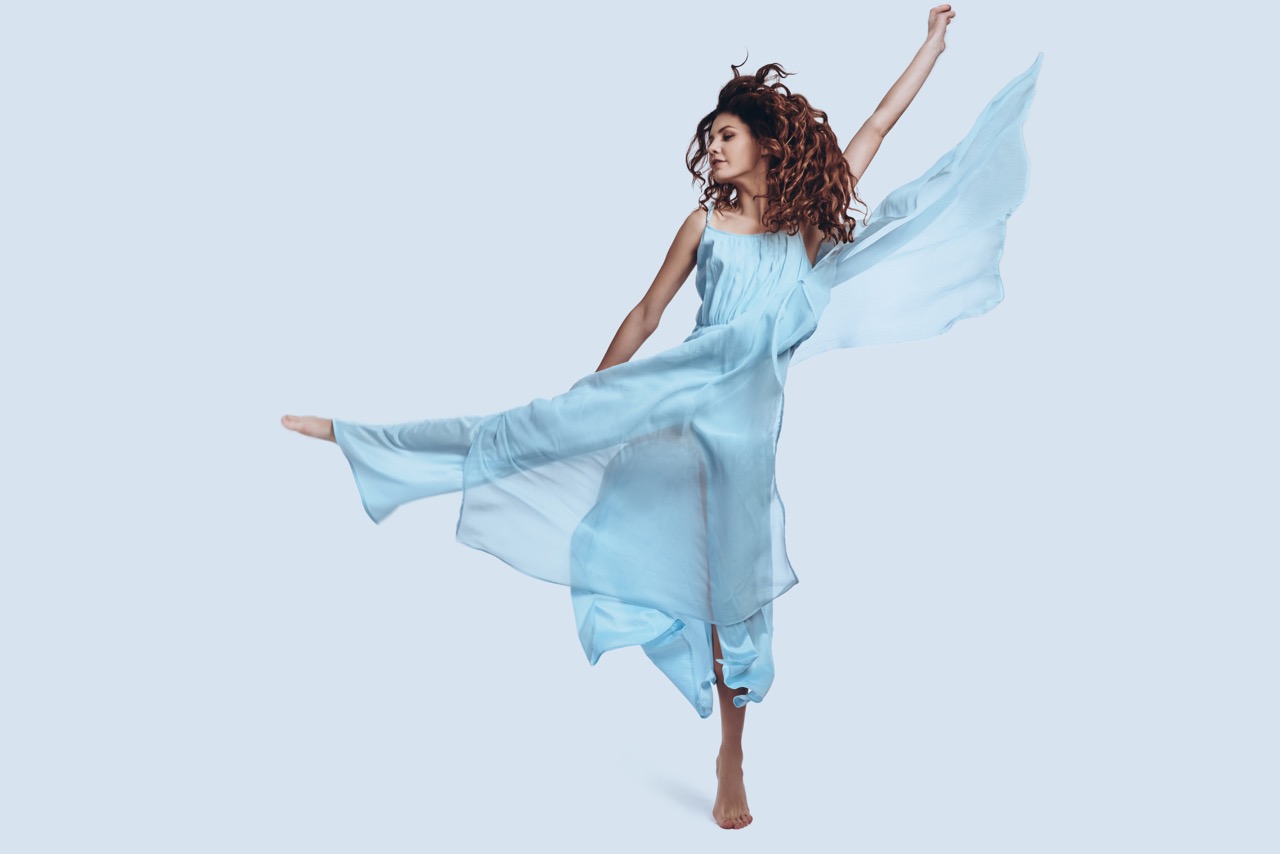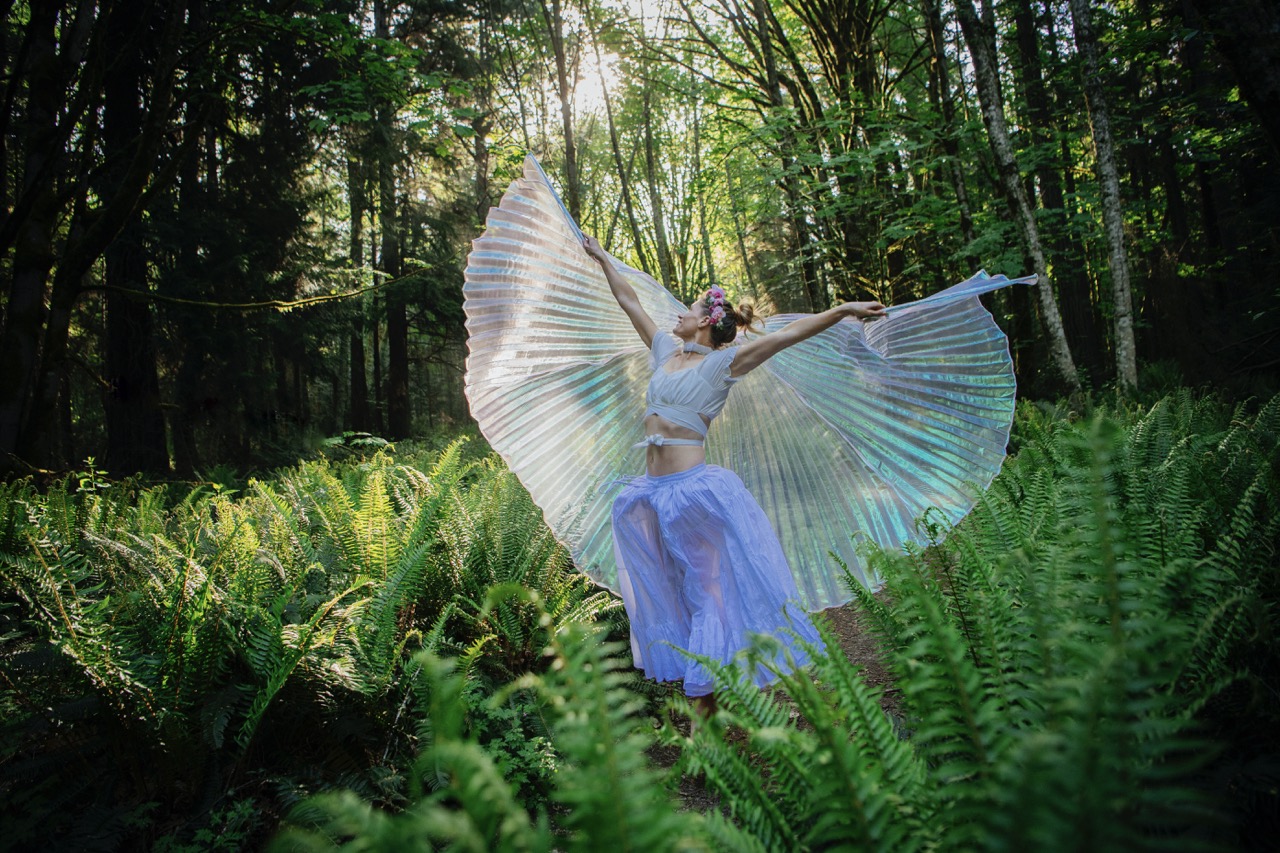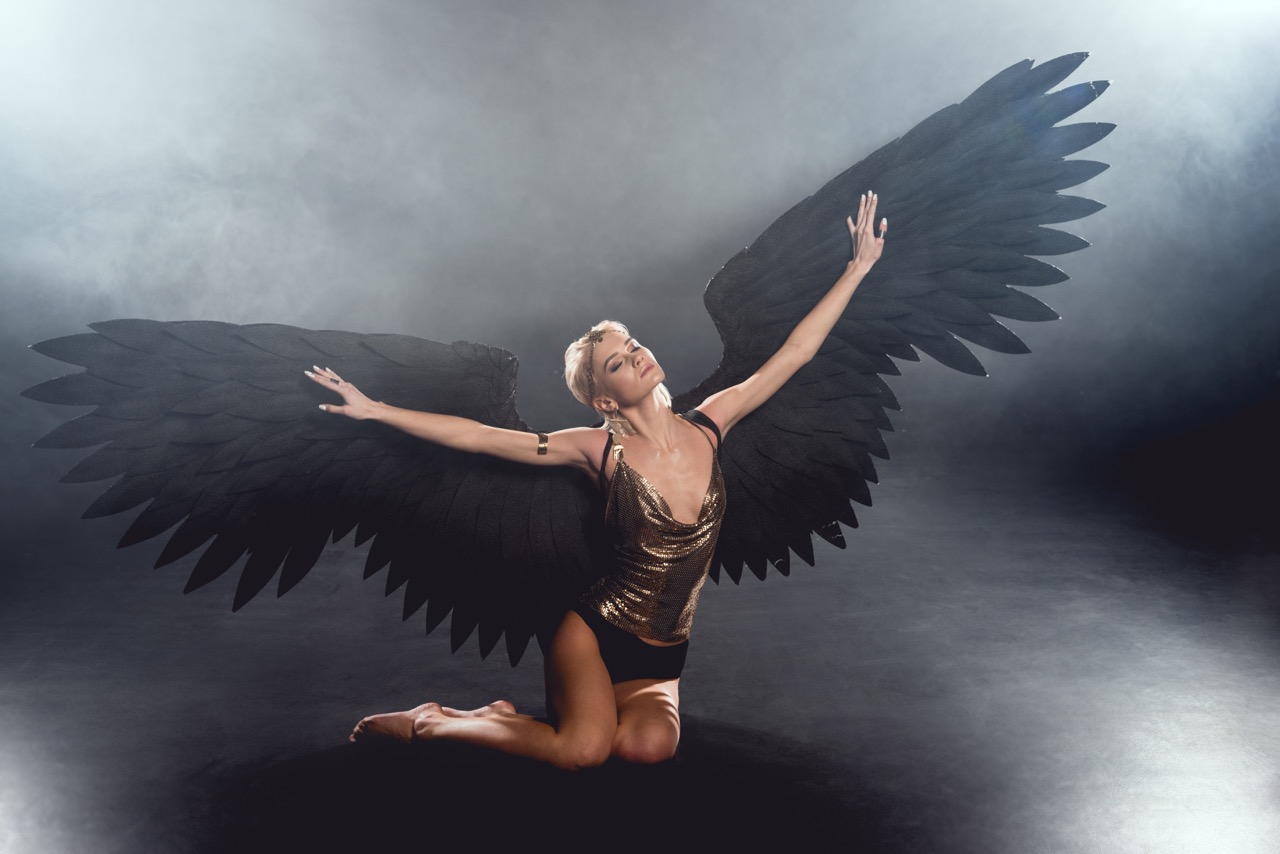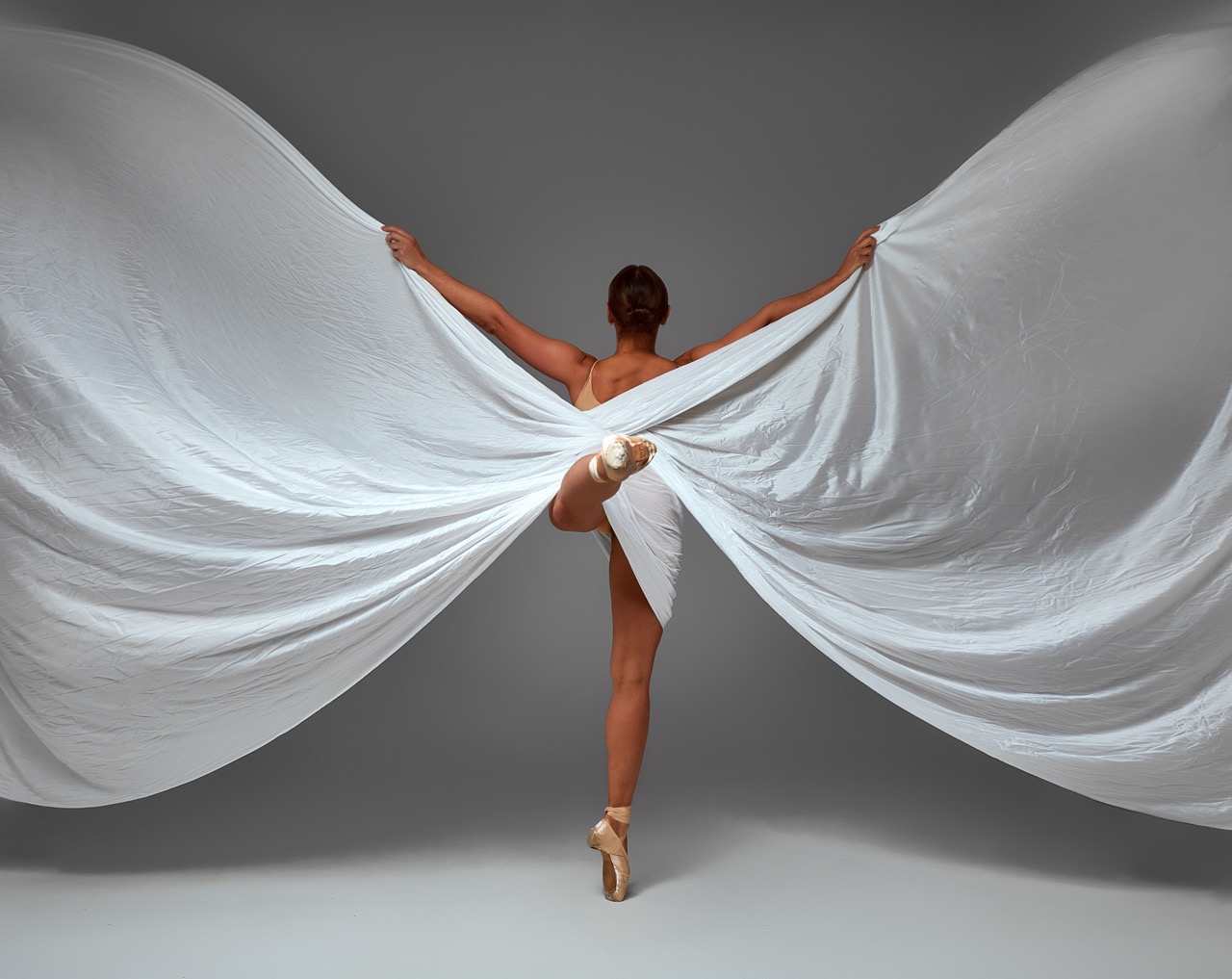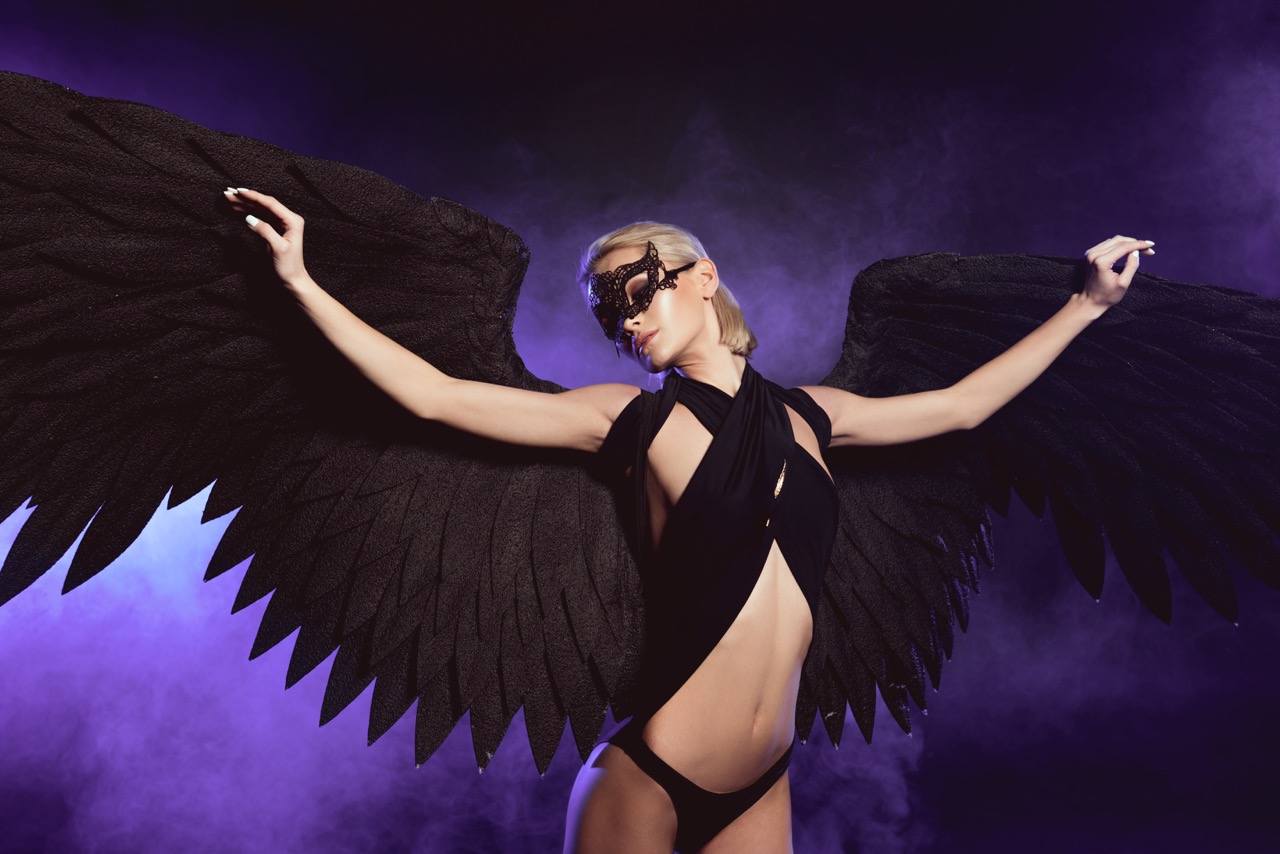In the vibrant world of dance, the visual spectacle often complements the physical artistry displayed by the performers. Among the most dramatic accessories that can elevate a dancer’s presence are wings. While feathers have long been the traditional choice for conveying elegance and grace, fabric wings have emerged as a modern alternative that offers versatility and innovation. This article delves into the intricacies of wing materials, contrasting the ethereal allure of feathers with the adaptable nature of fabric to help you determine which pair best suits your individual dance style.
The Art of Motion: Exploring Wing Materials in Dance
The choice of wing materials is pivotal in shaping not only the aesthetic but also the functionality of a dancer’s performance. Feathered wings, with their lightness and natural beauty, can create a breathtaking visual effect. The way feathers catch the light and flow with movement adds an unparalleled dimension to choreography, enhancing the emotional connection between the performer and the audience. Their organic design often evokes themes of freedom and nature, making them a popular choice for genres that celebrate these motifs.
On the other hand, fabric wings offer a different kind of charm, marked by their ability to be tailored to a dancer’s specific needs. Fabrics like silk, organza, and spandex can be manipulated into various shapes, colors, and patterns, allowing for custom designs that match any performance’s theme. This adaptability not only gives dancers creative freedom but also enables them to express personal style through innovative textures and designs. The potential for transformation is limitless; with just a few stitches, fabric can become anything from a bold statement piece to a delicate whisper of movement.
Moreover, both materials respond differently to the demands of choreography. Feathered wings can be affected by wind and movement, requiring careful management to maintain their form. Conversely, fabric wings can withstand rigorous movements without losing their structure, making them suitable for high-energy dance styles. Understanding how each material interacts with motion is crucial for any dancer seeking to enhance their routine, thus shaping the decision between feathers or fabric.
Feathered Elegance: When Nature Inspires Your Routine
Feathered wings have long been synonymous with the elegance of classical and ethereal dance forms. From ballet to contemporary performances, these wings evoke a sense of majesty and grace, often becoming an extension of the dancer’s own body. The soft flutter of feathers can create mesmerizing patterns in the air, echoing the fluidity of the dancer’s movements. This enchanting visual allure makes feathered wings a favored option for performances that aim to captivate and transport audiences into a dreamlike realm.
Additionally, the cultural significance of feathers cannot be overlooked. Many dances draw inspiration from traditions that celebrate nature, spirituality, and mythology. For instance, in some Native American dances, feathered adornments symbolize connection to the divine and the natural world. Incorporating feathered wings into your routine can thus deepen the narrative of your performance, allowing you to pay homage to these rich histories while also enhancing your artistry. When a dancer moves with feathered wings, they are not merely putting on a costume; they are embodying a story that transcends time and culture.
However, one must consider the practical implications of using feathered wings. While they provide unparalleled beauty, they may also require more upkeep than their fabric counterparts. Feathers can become damaged or lose their luster over time, necessitating careful handling and maintenance. This makes them a more delicate choice, potentially hindering high-energy performances where durability is key. For dancers who prioritize visual impact and thematic resonance, feathered wings remain a stunning choice, but careful consideration of their maintenance and performance context is essential.
Fabric Innovation: Versatility Meets Modern Dance Styles
In contrast to the traditional allure of feathers, fabric wings represent a captivating evolution in dance attire. The flexibility and creativity offered by modern textiles allow dancers to experiment with various styles, from bold geometric forms to flowing drapery. Fabric wings can be designed to suit a myriad of techniques, accommodating everything from contemporary and hip-hop to theatrical and aerial dance. This versatility is paramount in a landscape where choreography is continually evolving and pushing boundaries.
Moreover, the integration of technology into fabric design has opened up new avenues for expression. Dancers can incorporate LED lights, reflective materials, and even sound-responsive fabrics into their wings, creating an interactive experience that engages audiences on multiple sensory levels. The ability to seamlessly blend traditional dance with modern innovation allows performers to tell stories in ways that resonate profoundly with contemporary viewers. Consequently, fabric wings can become a canvas for creativity, allowing dancers to reflect their unique artistic vision directly on stage.
Finally, the practicality of fabric wings cannot be understated. Due to their lightweight nature and durability, these wings can withstand the rigors of demanding performances, providing comfort without sacrificing style. They are often machine washable and easier to transport compared to feathered wings, making them a favored choice for touring dancers. For those engaged in high-energy styles or multi-performance events, fabric wings offer a practical yet stylish solution that enhances the overall experience without compromising on artistic integrity.
Making the Choice: Tailoring Wings to Your Dance Vision
Choosing between feathered and fabric wings ultimately depends on the vision you wish to convey in your dance. For those seeking to evoke an ethereal or mythical aesthetic, feathered wings are hard to beat. Their ability to create stunning visual effects in motion adds a layer of depth to performances that are centered around themes of nature, freedom, or transformation. If your choreography leans toward classical forms or requires a touch of romance and elegance, feathered wings can elevate your performance to new heights.
Conversely, if your dance style is more contemporary, experimental, or performance-oriented, fabric wings may be the better choice. Their adaptability allows for personalization as you explore different themes and styles. Whether you are interpreting a specific narrative or merely expressing your individuality through movement, fabric wings can be designed to align with your creative intent. The possibility of incorporating features that resonate with modern audiences can also provide an edge, making your performance memorable and engaging.
Ultimately, the decision should reflect not only your dance style but also your personal aesthetic and the story you wish to tell. Experimentation is key; consider trying both types of wings in practice to gauge how each material affects your movement and enhances your artistic expression. Whichever you choose, the importance of wings in dance cannot be overstated—they are not just adornments but essential elements that can amplify your performance and resonate deeply with your audience.
In conclusion, the choice between feathered and fabric wings is not simply about aesthetics; it is a decision that intertwines with the very essence of your dance style and vision. Feathered wings offer an unparalleled elegance, deeply rooted in tradition and cultural significance, while fabric wings bring a modern twist, enabling versatility and innovation. As you reflect on your preferences and performance goals, remember that the right pair of wings can elevate your artistry, transforming not just your appearance but the entire narrative of your dance. Embrace the journey of exploration as you take flight with wings that resonate with your unique voice in the world of dance.


